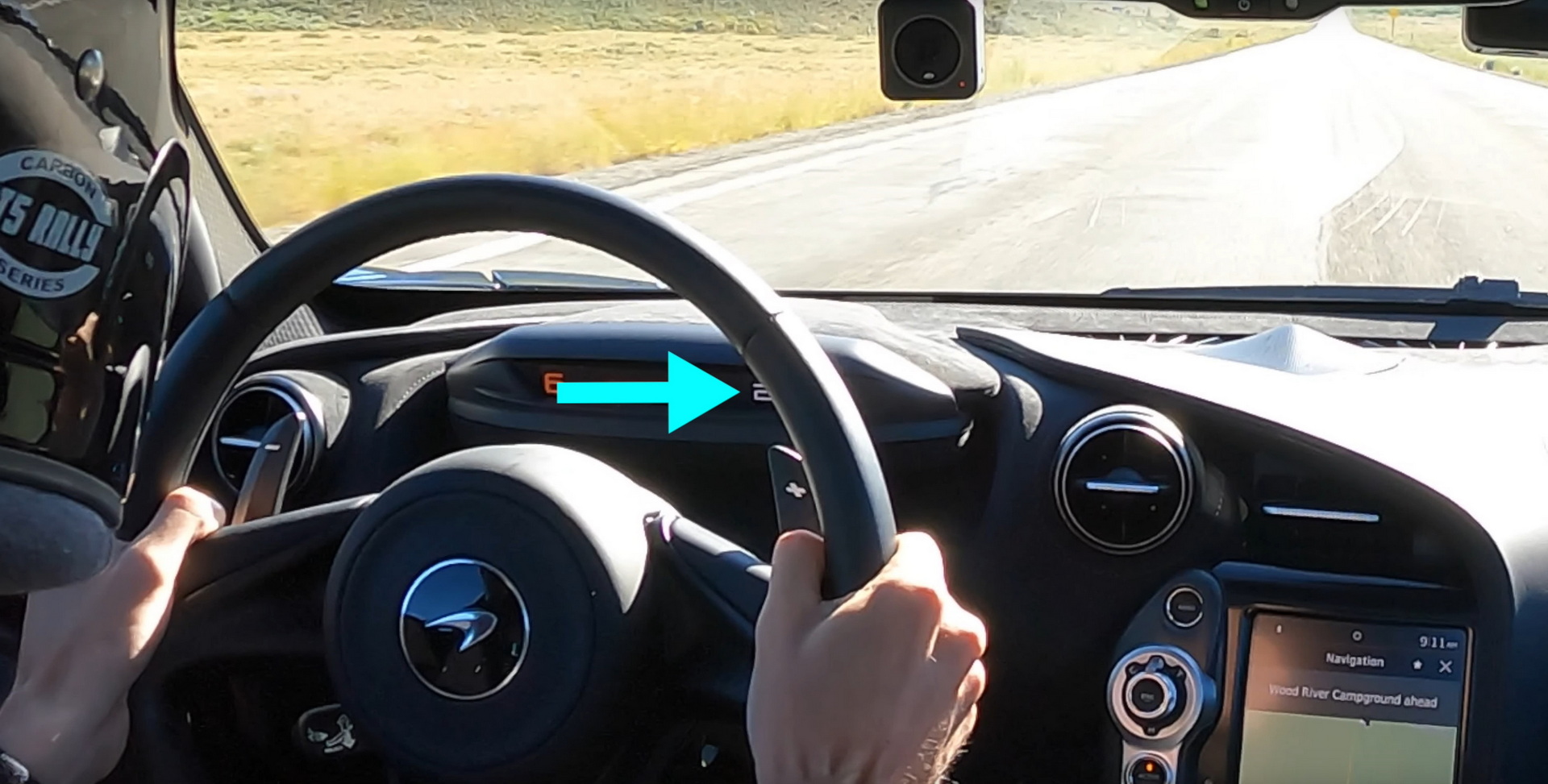The obstacle, it seems, that divides a quick automobile from a supercar is whether or not it can get to 200 miles per hour (322 km/h). And also there’s a great reason for that: hitting that rate dependably is truly tough.
In his most current video, Engineering Explained’s Jason Fenske undergoes the mathematics on exactly how much horse power a McLaren 720S Spider needs to strike 200 mph. On a calm day, mixed-up level, with excellent ambient temperatures, he approximates in order to get rid of the cars and truck’s weight and drag, it needs around 580 hp (433 kW/588 PS) to reach that speed.
The good news is that the Mclaren’s twin-turbocharged V8 engine makes that– and afterwards some. Ranked at 710 hp (529 kW/720 PS), the 720S should have a lot of power to get to the enchanting 200 miles per hour mark.
Check out Also: McLaren Bringing This Gorgeous F1-Inspired 720S To Miami Grand Prix
What seems simple on paper is typically complicated by fact, however, as well as every little thing from elevation to air temperature level influence just how much power an engine can making. With reduced air thickness comes much less drag, yet likewise much less power. Although the turbochargers mostly offset that, making 710 hp on the road isn’t as simple as making it on a dyno.
Even little points that you could not consider driving along at highway speed can have a huge influence on an automobile at more than 3 times that speed up. Take, as an example, a 10 miles per hour (16 km/h) headwind.
Driving into what National Weather Service formally defines as a “mild wind” has a significant influence on power needs and also, according to Fenske’s estimations, it takes another 87 hp (65 kW/88 PS) to get to 200 miles per hour in a 10 miles per hour headwind. That pushes the power need for the system up to 667 hp (497 kW/676 PS), which is a lot closer to the engine’s optimal.
For Fenske, the engine is still plenty solid enough to get him to the car’s limited top speed of 212 mph (341 km/h), which he explains as actually frightening. He determines that it took him 0.4 seconds to look down at the speedometer and look back up at the road at that speed, in which time he had actually taken a trip 124 ft (38 m), or half a football field. That aids discuss why things can go so incorrect so quick at those rates.
For GREAT deals on a new or used Toyota check out Toyota of Orange TODAY!

